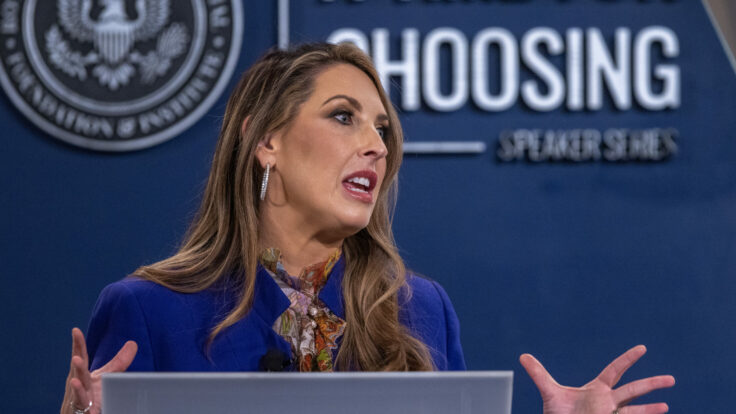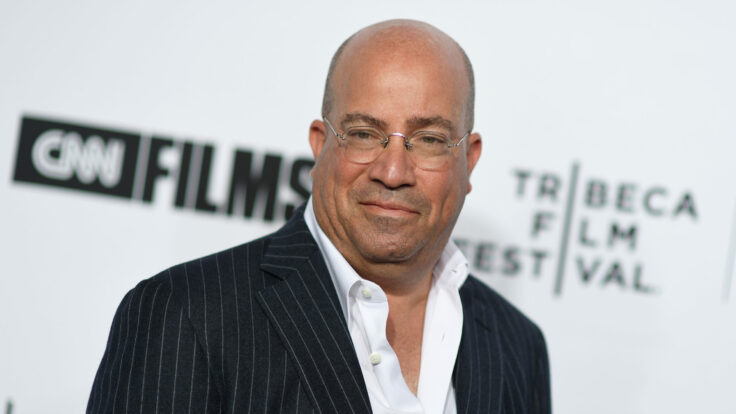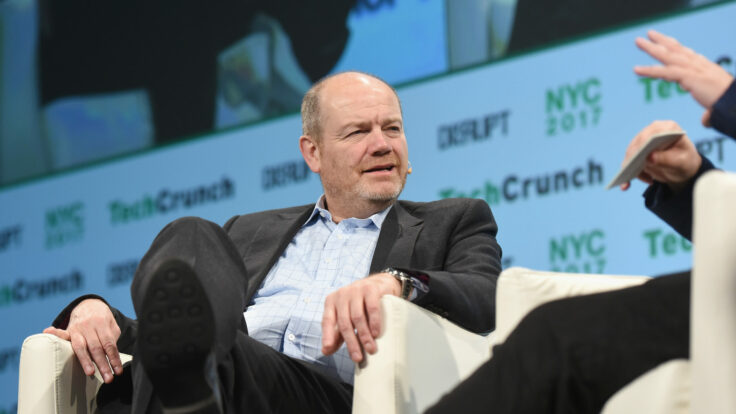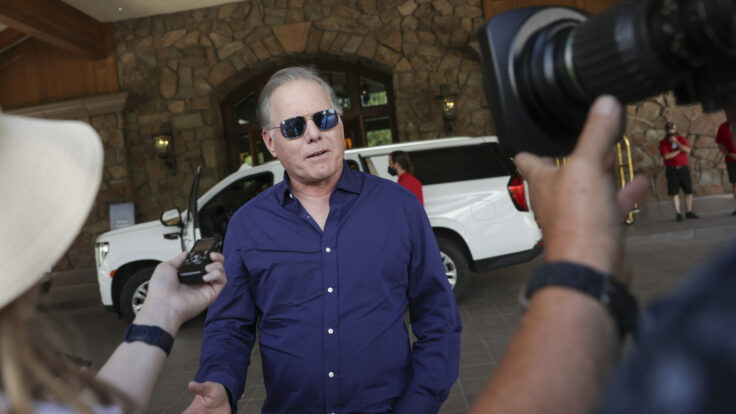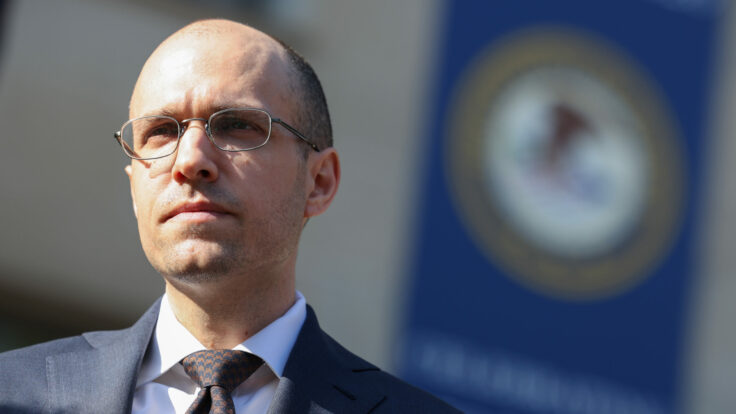Venture capitalist Tim Draper has a reputation as something of a quack. He regularly wears the same, hideous purple-and-yellow Bitcoin-emblazoned tie. He memorably defended Elizabeth Holmes long after Theranos was exposed as a fraud, casting his portfolio founder as the victim of a “witch hunt.” Lots of reporters and Silicon Valley insiders roll their eyes whenever anyone says his name.
But he is also very rich. The Drapers, after all, are a Silicon Valley institution: Tim’s grandfather was one of the first venture capitalists in the Bay Area, and Tim co-founded one of its iconic firms, Draper Fisher Jurvetson. His son, Adam—who made a killing as a seed investor in Coinbase—constitutes a fourth generation of Draper startup investors. Tim was also, as we now know, unequivocally right about the value in Bitcoin. Forbes pegs his net worth at $1.5 billion, but given his crypto holdings, that’s probably way off.








